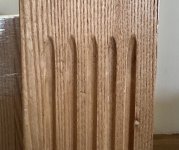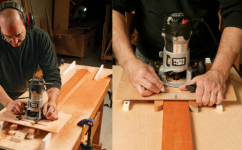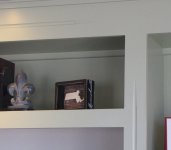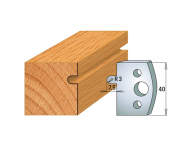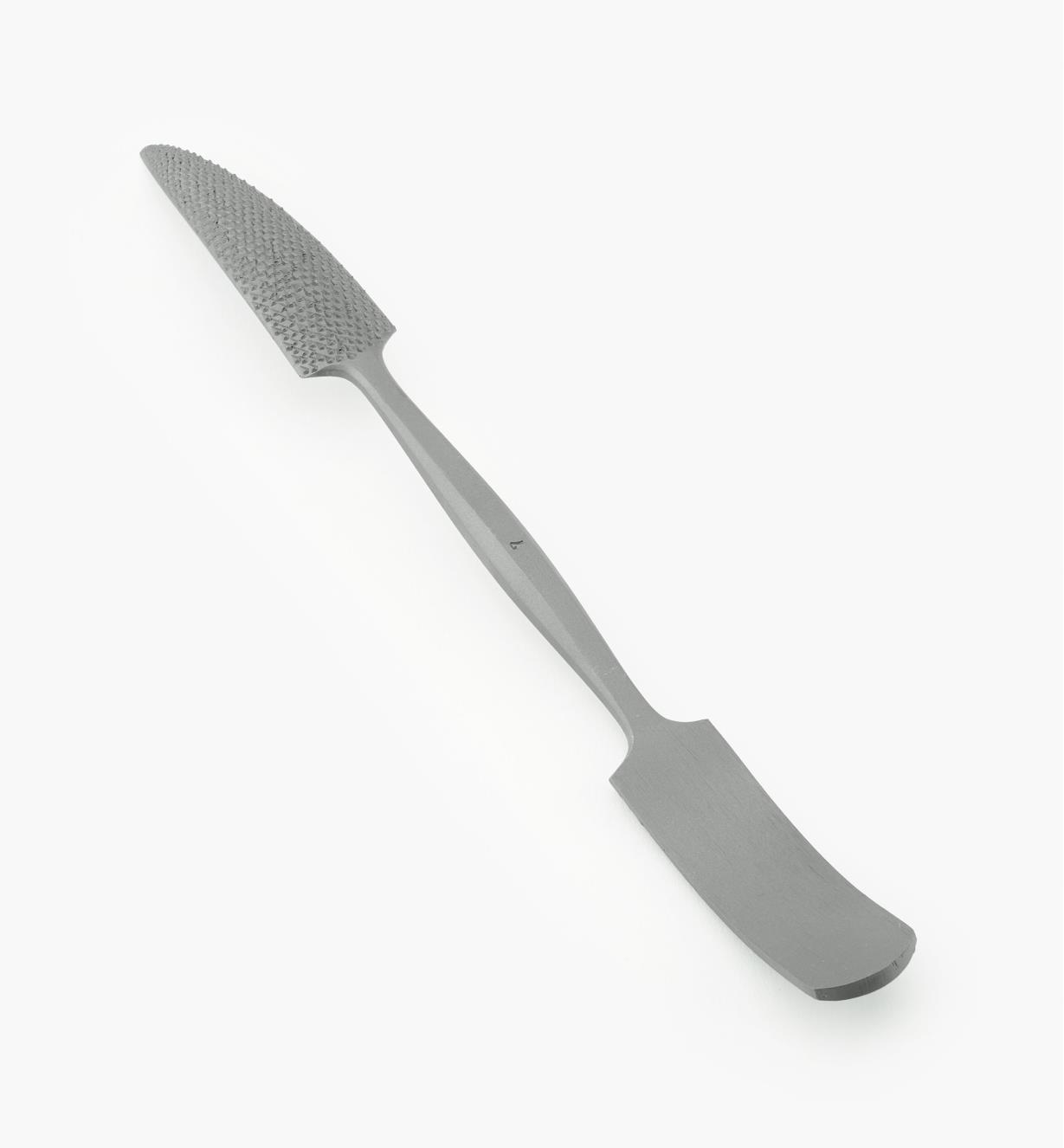Michael Kellough
Member
- Joined
- Jan 23, 2007
- Messages
- 7,096
That’s what I need to do on some newell posts. Looking for tips on how to do this.
Maybe all in all it’s best to just get out the carving tools but as I tend to overthink things I’m leaning towards making a rig to hold a trim router motor such that it will lift off the work when it hits the stop ramp. Thinking either a simple telescoping sleeve or parallel arm linkage.
The flutes are only 3/8” wide and about 1/4” deep so the router only needs to lift that much but I’d go 1/2” for safety. Anyone know of something like this?
Background, I hired an experienced stair builder to add new balustrades to the stairs in my 120 year old house because I was getting bogged down thinking about how the posts would be anchored, and I needed it done fast before house guests arrived.
He got the stuff done quickly but the posts that were support o match the one remaining original post isn’t close enough.
Mainly I need to taper the blunt ended flutes. That should eliminate the burn marks and even up the length at the same time.
The rift sawn red oak is a pretty good match for the old American Chestnut.
[attachimg=1]
[attachimg=2]
Maybe all in all it’s best to just get out the carving tools but as I tend to overthink things I’m leaning towards making a rig to hold a trim router motor such that it will lift off the work when it hits the stop ramp. Thinking either a simple telescoping sleeve or parallel arm linkage.
The flutes are only 3/8” wide and about 1/4” deep so the router only needs to lift that much but I’d go 1/2” for safety. Anyone know of something like this?
Background, I hired an experienced stair builder to add new balustrades to the stairs in my 120 year old house because I was getting bogged down thinking about how the posts would be anchored, and I needed it done fast before house guests arrived.
He got the stuff done quickly but the posts that were support o match the one remaining original post isn’t close enough.
Mainly I need to taper the blunt ended flutes. That should eliminate the burn marks and even up the length at the same time.
The rift sawn red oak is a pretty good match for the old American Chestnut.
[attachimg=1]
[attachimg=2]


